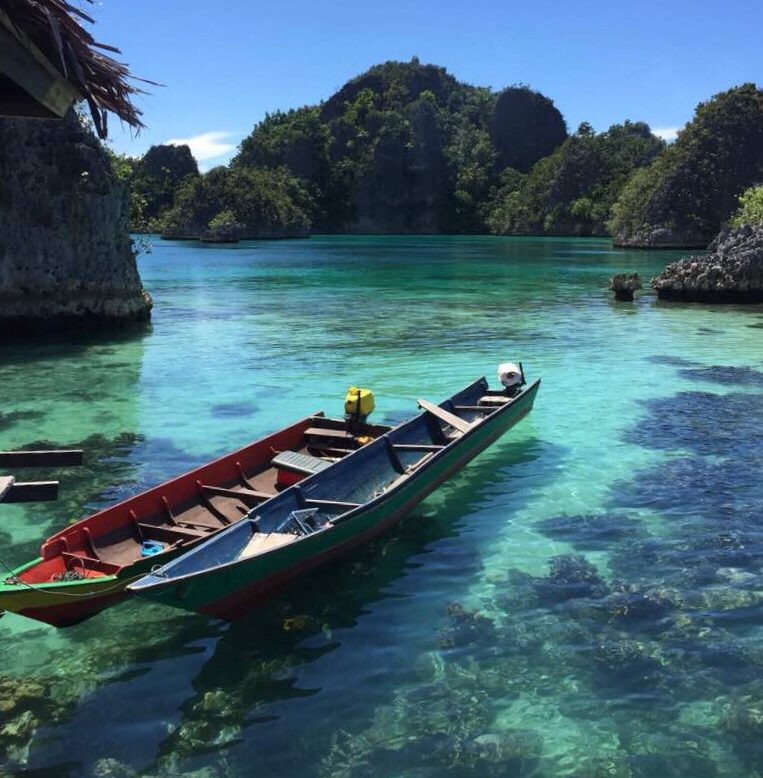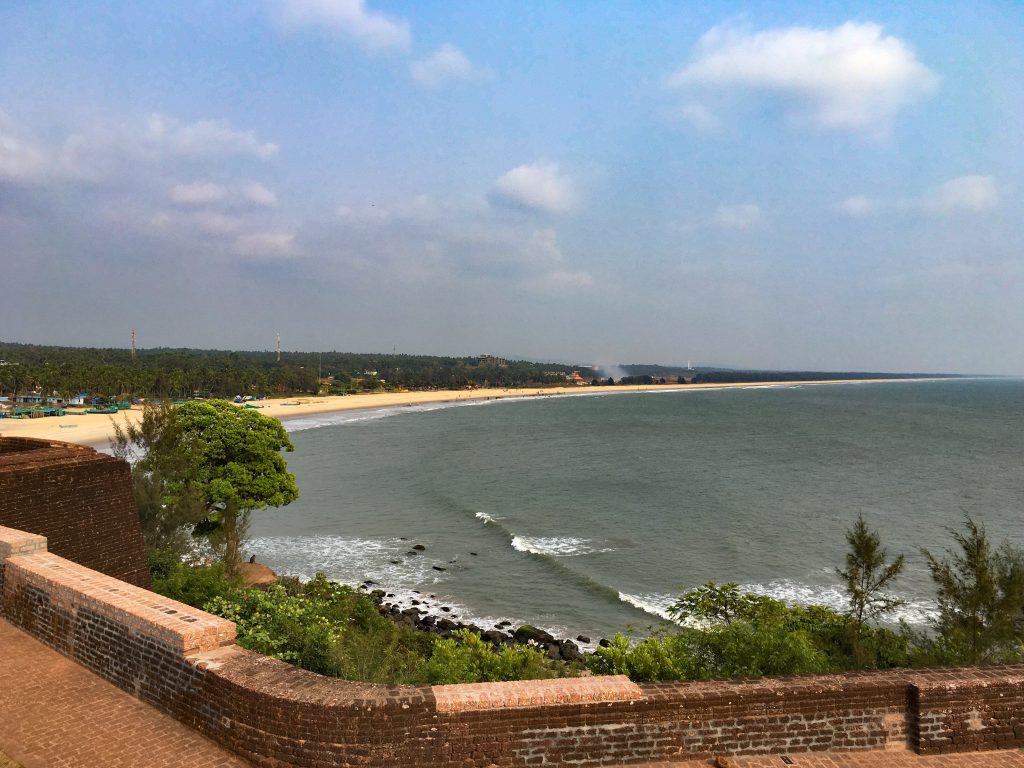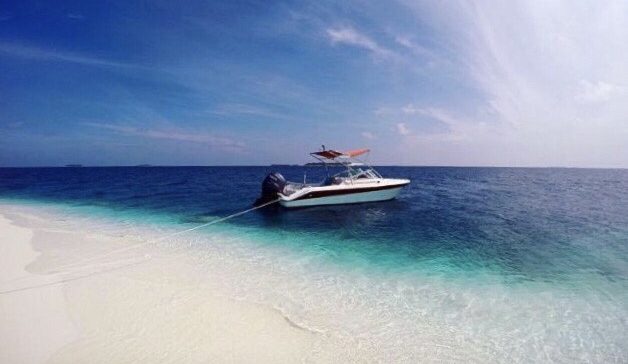DIFFERENT COLOURS OF THE SEA
The azure seas of the Maldives, Greece and the Caribbean are what we envision as the ultimate beach holiday However, in other parts of the world, you’ll come across green, brown, grey, yellow and even black sea colours. When faced with a murky brownish sea, we’re not as tempted to jump right in for fear that there are creatures beneath that we cannot see that might gobble us up or that we might disintegrate with whatever toxic waste that caused our beloved blue sea to turn brown. While the latter might play a small part in the different colours of the sea, there are actually scientific reasons as to why the ocean has different colours.
WHY ARE THERE DIFFERENT COLOURS OF THE SEA?
Dark Blue

Believe it or not, the colour of pure water is clear. However, if there is a lot of water, and the water is very deep that there are no reflections off the sea floor, the water appears as a very dark navy blue. The reason the ocean is blue is due to the absorption and scattering of light. The blue wavelengths of light are scattered, similar to the scattering of blue light in the sky but absorption is a much larger factor than scattering for the clear ocean water. In water, absorption is strong in the red and weak in the blue, hence red light is absorbed quickly in the ocean making it blue.
In shallow water, on the other hand, the sandy sea floor and floating articles like silt, algae, and corals absorb light wavelengths differently than water, which can change the color of the water we see. This probably sums up why there are different colours of the sea!
Green and Blue

Around regions with high concentrations of phytoplankton (which have chlorophyll that absorbs red and blue light and reflects green), the ocean will appear in shades ranging from blue-green to green, depending on the type and density of the phytoplankton population there. Basically, says NASA, “the more phytoplankton in the water, the greener it is…. the less phytoplankton, the bluer it is.”
Brown and Grey

The water in Earth’s oceans moves from west to east as a result of the planet’s rotation. This movement creates a phenomenon known as upwelling in the ocean and along coastlines. Water that rises to the surface as a result of upwelling is typically colder and is rich in nutrients and sendiments. These nutrients “fertilize” surface waters, meaning that these surface waters often have high biological productivity. Upwelling is the main cause of what makes the sea colour appear a murky brownish-greyish colour. This means that the water isn’t actually gross, it just houses more living organisms including phytoplankton (algae) and zooplankton (jellyfish and other ocean-wandering animals).
In conclusion, the different colours of the sea around the world is made up of three main factors : depth, sea floor and sea life. So, the next time you come across a murkier sea, it doesn’t necessarily mean that it’s dirtier or any less worthy of enjoying! Just remember to keep our oceans clean wherever you are.
It’s time to start planning your beach holidays and enjoy the sun, sea and sand with our monthly summer guide to the best beaches around the world.
Found this useful? Show us some love and give us a 5-star rating here: [ratings]




Thank you.